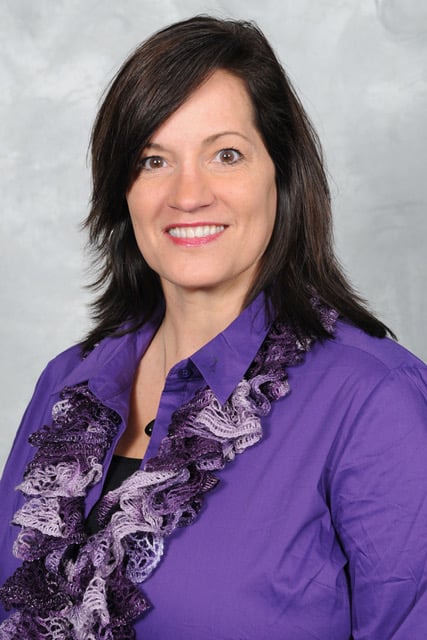It is never too late to start saving money. In recognition of Financial Literacy Month, signed in proclamation by Gov. Andy Beshear, the Department of Financial Institutions (DFI) encourages Kentuckians to establish a savings plan. For those who already have a plan, now is a good time to reevaluate its effectiveness.
According to the latest unbanked and underbanked households study by the Federal Deposit Insurance Corp. (FDIC), 5.2% of Kentuckians were “unbanked” in 2021. This means no one in the household had a checking or savings account at a bank or credit union at the time the survey was completed. This is higher than the national average of 4.5%.

Opening a savings account should be a priority if you are one of the Kentuckians who does not actively have an account. The FDIC has a checklist of what is needed to open an account here.
That is just half of the battle, though. Once your account is established, what are some ways to put it to use? Below are some savings recommendations from America Saves.
1. Create a savings plan. America Saves finds that people with a savings plan are twice as likely to save successfully. If you take the Kentucky Saves Pledge, an America Saves campaign, they will help you make a plan, provide you with resources and support you along the way. Take the pledge April 8-12 to join Kentucky Saves Week, a campaign dedicated to encouraging Kentuckians to save.
2. Create an emergency fund with six months of your income. It’s best to keep your emergency fund in a bank or credit union savings account. This will allow you easy access to your money when emergency strikes.
3. Have fun. Saving doesn’t have to be a monotonous task – turn it into a game. Roll dice to determine how much you will save that week. If you are running errands, pick up a treat for yourself and put the same amount into your savings account.
4. Save automatically. If you need an easy, “out of sight, out of mind” way to save, set up automatic savings. This will allow you to save a set amount of money at regular intervals without thinking about it.
5. Start small. If saving money seems like a daunting task, break it into smaller, more manageable pieces. For example, instead of setting a goal to save $500, start by saving $50. Once you reach the first goal, build on that. You can also make small changes to your everyday life that will have a big impact over time. Try collecting all change in a jar and see how quickly it grows.
“The most important, and often hardest, undertaking when it comes to saving is to simply start. Whatever that looks like to you, start somewhere and consistently follow through,” said DFI Commissioner Marni Rock Gibson. “Remember, there is absolutely nothing wrong with starting small and building on that. Manageable goals turn into long-term healthy saving habits, and you’ll quickly see the value that a savings account will add to your life.”
Gibson also encourages those with an existing savings plan in place to set time for a check-in.
“You wouldn’t buy a vehicle and expect it to never need maintenance like an oil change. Similarly, your savings goals need to be maintained,” continued Gibson. “Your financial goals should grow with you.”
Gibson recommends checking in on your savings goals whenever there are income and expense changes, unexpected large purchases, or major life events. Kentuckians can visit kentuckysaves.org for resources and more information about saving.





















